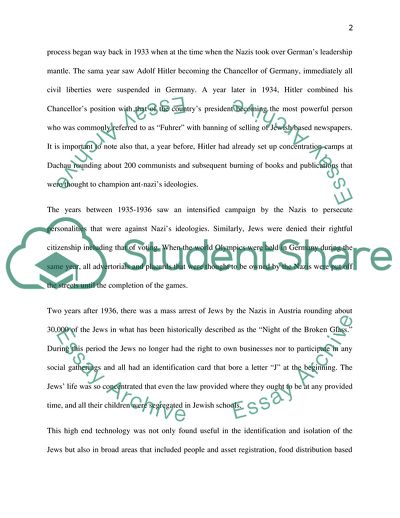Cite this document
(Edwin Blacks: Timeline of the Holocaust Report Example | Topics and Well Written Essays - 2000 words - 8, n.d.)
Edwin Blacks: Timeline of the Holocaust Report Example | Topics and Well Written Essays - 2000 words - 8. https://studentshare.org/technology/1794313-assignment
Edwin Blacks: Timeline of the Holocaust Report Example | Topics and Well Written Essays - 2000 words - 8. https://studentshare.org/technology/1794313-assignment
(Edwin Blacks: Timeline of the Holocaust Report Example | Topics and Well Written Essays - 2000 Words - 8)
Edwin Blacks: Timeline of the Holocaust Report Example | Topics and Well Written Essays - 2000 Words - 8. https://studentshare.org/technology/1794313-assignment.
Edwin Blacks: Timeline of the Holocaust Report Example | Topics and Well Written Essays - 2000 Words - 8. https://studentshare.org/technology/1794313-assignment.
“Edwin Blacks: Timeline of the Holocaust Report Example | Topics and Well Written Essays - 2000 Words - 8”. https://studentshare.org/technology/1794313-assignment.


